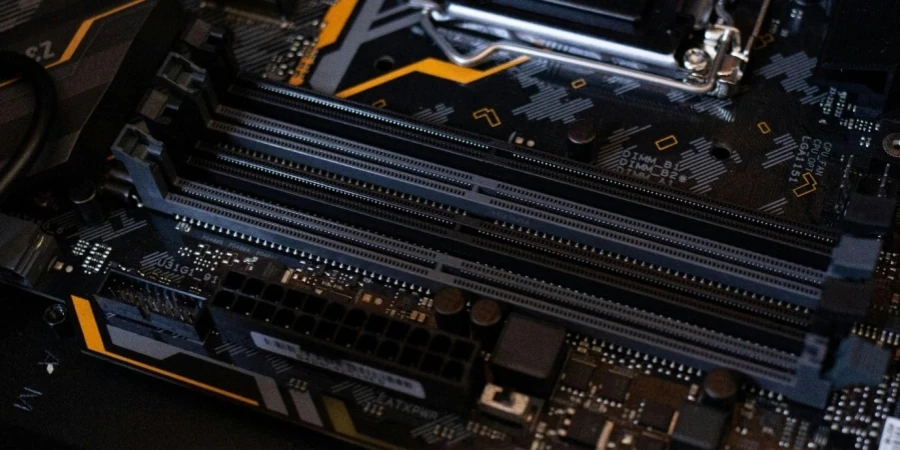- The motherboard industry is expected to expand from $12.5 billion in 2023 to $44.4 billion by 2032 at a compounded annual growth rate (CAGR) of 17.20%.
- Advancements in making things smaller and more powerful while improving connectivity fuel the market’s growth.
- Regarding market leadership, North America is ahead, while Asia Pacific is anticipated to experience rapid growth.
- Notable improvements encompass PCIe 5.0 and Wi-Fi 6 connectivity alongside NVMe storage solutions. They are designed to meet the needs of gaming enthusiasts, professionals, and individuals in creative fields.
- Ensuring longevity and safeguarding against threats are key to maintaining reliability in the long run.
Introduction
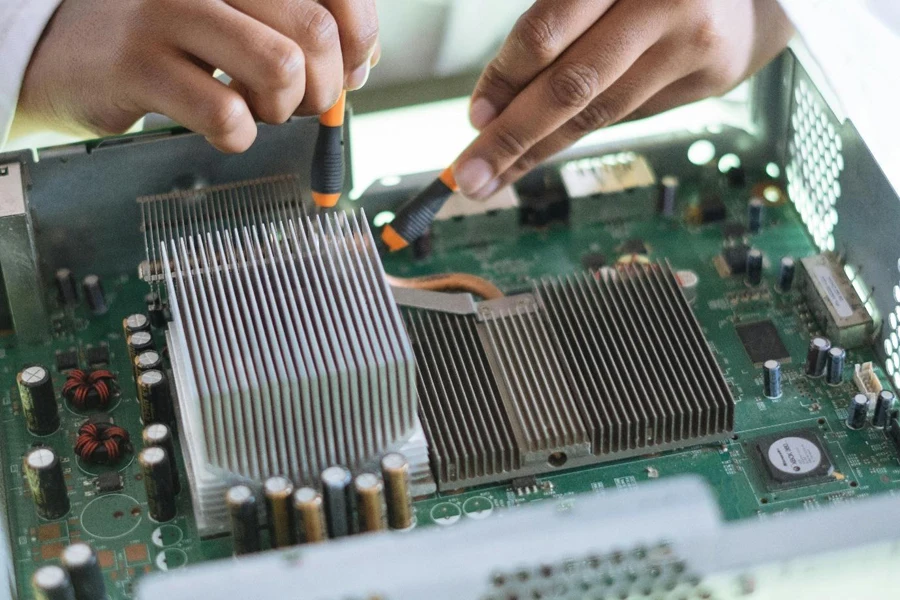
Motherboards are going through a period of innovation. Are increasingly important in advancing modern computing in 2024. This piece discusses the developments in this area. It examines their use and significant influence in the expanding market.
Table of Contents
● Market overview
● Key technology and design innovations
● Comprehensive guide to motherboard selection
● Conclusion
Market overview

Market scale and growth
The market for motherboards reached a value of $12.5 billion in 2023. It is estimated to climb to $44.4 billion by 2032, with an annual growth rate of 17.20 %. This significant increase is fueled by paced technological progress and the rising need for top-notch computing power. As per insights from Market Research Future, the widespread use of smartphones and ongoing developments in motherboard tech drive market growth.
Market segmentation
The motherboard market is divided based on its form factor and the industry in which they are used. For form factors, ATX motherboards are leading in terms of popularity and usage due to their flexibility and widespread adoption across industries. They can fit easily into different setups and have many options for adding more components like graphic cards and powerful processors, making them well-suited for tasks requiring high-performance computing power streams. Micro-ATX and Mini-ITX form otions are also finding favor among users looking for smaller yet powerful solutions that can be used in compact spaces without compromising performance levels.
Regional market insights
North America is projected to uphold the market position by 2032 due to its robust manufacturing industry and advanced technological infrastructure supported by high levels of automation adoption in various sectors. Europe follows closely as the largest market share holder owing to its well-established industrial landscape and regulatory standards that emphasize the necessity for updated and reliable computing solutions. Between 2024 and 2032, the Asia Pacific region is expected to experience a growth rate driven by notable investments in automation and innovative technologies.
Key technology and design innovations
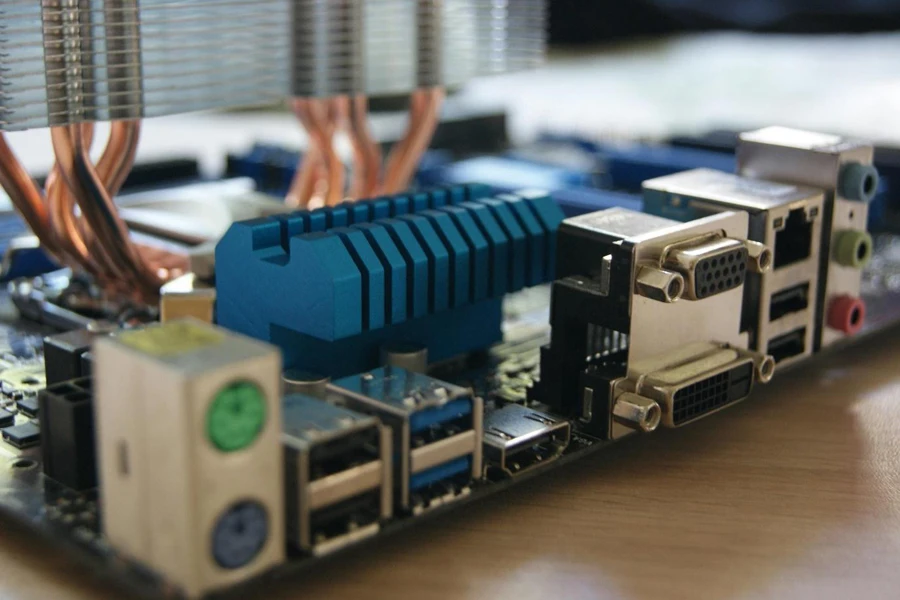
Miniaturization and compact form factors
The design and features of Mini-ITX and Micro-ATX motherboards have greatly improved recently. Although Mini-ITX boards are small in dimension, they come equipped with M.2 slots that can accommodate NVMe SSDs, granting storage speeds up to 3500 MB/s. Additionally, these boards come with built-in Wi-Fi 6 capabilities, allowing for data transfer speeds of up to 9.6 Gbps. Reduced latency makes them perfect for demanding tasks like gaming and professional use. Cutting-edge power supply systems with state-of-the-art VRMs can handle CPUs with TDP ratings of up to 125 watts while maintaining performance during demanding tasks.
Enhanced power delivery systems
Modern motherboards come with power delivery setups that feature 16-phase VRMs and high-quality capacitors designed to last up to 10,000 hours and improved chokes for better performance control and reduced power wastage, crucial for stability when pushing the limits through overclocking endeavors. Called premium boards even integrate liquid cooling systems directly into their VRM design, cooling temperatures by as much as 30%, guaranteeing top-tier CPUs and GPUs can run at full capacity without any slowdowns due to heat issues.
Connectivity advancements
The newest motherboards have connectivity choices like USB 4 and Thunderbolt 4 onboard. USB 4 boasts lightning-fast data transfer speeds of up to 40 Gbps. It’s as fast as its older version. It can handle dual 4k screens or a single 8k display with just one cable. Meanwhile, TThunderbolt 4 offers speeds along with extra flexibility by supporting up to 100 watts of power delivery for charging laptops and various gadgets. These motherboards also feature PCIe 4th generation slots that support data transfer speeds of up to 16 Giga transfers per second per lane. Essential for fast peripherals and preparing for future technologies.
High-speed data storage
Modern motherboards now widely embrace NVMe M.2 and PCIe 4.0 interfaces to accommodate storage solutions effectively. Connected through PCIe 4.0 lanes are NVMe M.2 SSD drives capable of reaching sequential read speeds of up to 7000 MB/s and write speeds of 5000 MB/s. Such advancements significantly reduce boot times and enhance the loading speed of applications and games. These boards typically come equipped with M.two slots that facilitate RAID setups for increased data throughput and redundancy measures.
Advanced networking
The latest motherboards now have enhanced networking capabilities due to the inclusion of Wi-Fi 6 and 2.5 Gigabit Ethernet options. Wi-Fi 6 provides theoretical speeds of up to 9.6 Gbps and better performance in crowded areas thanks to features like MU-MIMO and OFDMA technology. On the other hand, 2.5 Gigabit Ethernet significantly improves over the standard 1 Gigabit Ethernet by enabling faster data transfers and lower latency. Perfect for online gaming enthusiasts and professionals handling large file transfers!
Future-proofing and security features
Motherboards are being designed with the future in mind to support technologies such as DDR5 RAM with data rates starting at 4800 MT/s and better power efficiency at operating voltages as low as 1.1V. PCIe 5.0 support doubles the bandwidth of PCIe 4.0 for next-generation GPUs and SSD readiness. Security measures like hardware-based TPM 2.0 for secure cryptographic operations and enhanced BIOS security features, including Secure Boot and BIOS Guard protection, against unauthorized system changes and firmware attacks.
Comprehensive guide to motherboard selection
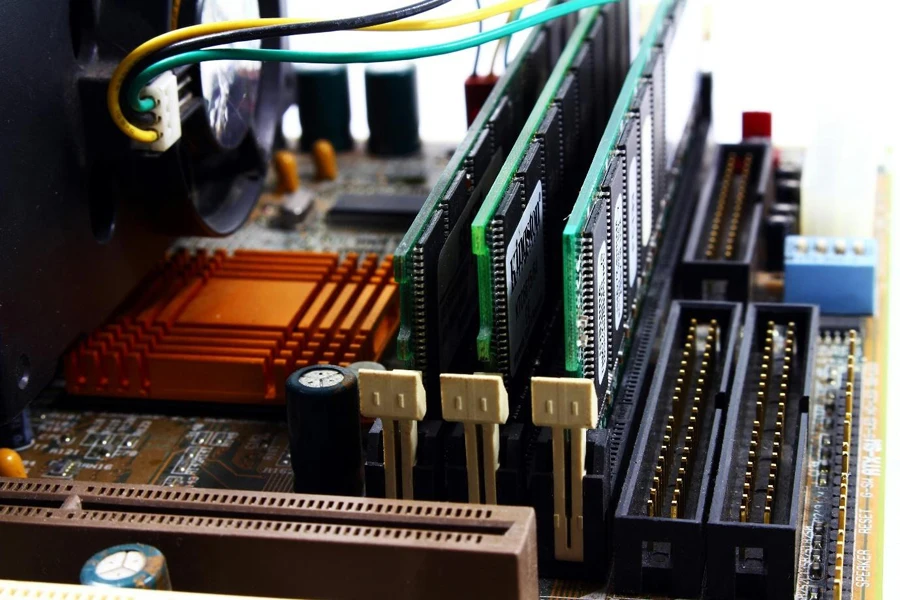
Top motherboards: consider performance and features
The best motherboards stand out in tests and reviews for their performance and wide range of features that cater to user needs effectively. A case in point is the X670E model that supports PCIe 5.0. It doubles the speed of data transfer compared to PCIe 4.0, making it a great choice for top-tier GPUs and NVMe SSD devices. These motherboards often come with 4 M.2 slots equipped with heatsinks to prevent sophisticated 20-phase VRMs to ensure consistent power supply to CPUs with TDP ratings up to 125 watts. Also included are built-in Wi-Fi 7 for high-speed internet up to 10 Gbps and Thunderbolt 5 ports for connections and rapid file transfers.
Mid-range motherboards: balancing price and value
Motherboards that don’t cost a fortune but still come packed with top-notch features are gaining popularity these days. Take the B650E as an example. It is a choice that strikes a nice balance between performance and affordability. These boards usually support PCIe 4.0, lots of USB 3.2 Gen 2 ports, and strong 14-phase VRMs for power supply stability. Moreover, they have M.2 slots for speedy storage and built-in Wi-Fi to ensure quick and reliable wireless connections. These features cater well to gamers and professionals seeking dependable performance at a reasonable price.
Understanding consumer demands in motherboard choices
Trends in gaming culture, content creation, and professional usage scenarios significantly impact consumer preferences. Gamers tend to lean towards motherboards from the Z790 line due to their reputation for overclocking capabilities and the option to personalize with RGB lighting features; they also appreciate the cutting-edge audio solutions that incorporate top-notch capacitors and DAC technology. Content creators typically opt for motherboards like the X670E model that offer many connectivity choices, such as multiple USB ports, high-speed Thunderbolt 4 support, and numerous M.2 Slots to accommodate hefty file transfers and resource-intensive programs. Experienced users value stability and networking features highly; for instance, 2.5 Gigabit Ethernet and built-in Wi-Fi 6E to ensure speedy connections for their work tasks. Manufacturers are addressing these requirements by creating unique designs customized for specific purposes and offering a wide array of choices to meet the needs of different customers.
Conclusion
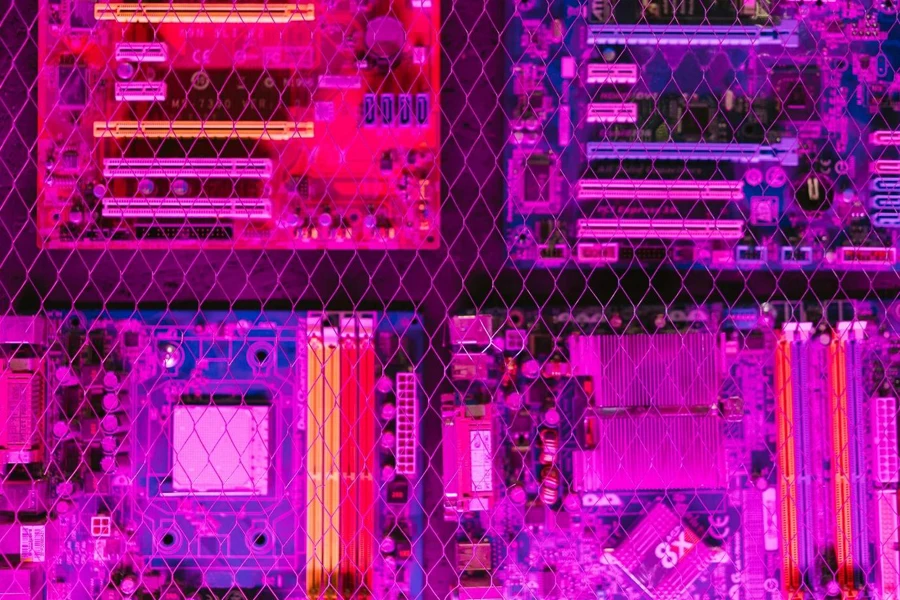
In the 2024 motherboard market, the focus is on quick technological progress and meeting various consumer requirements. Innovations like PCIe 5.0 power delivery systems and improved connectivity choices propels the sector ahead. These advancements guarantee that motherboards remain vital in the changing world of contemporary computing, serving the needs of gamers, content creators , and professional users alike. As the industry moves forward, motherboards uphold their role in delivering efficient and flexible computing solutions.
